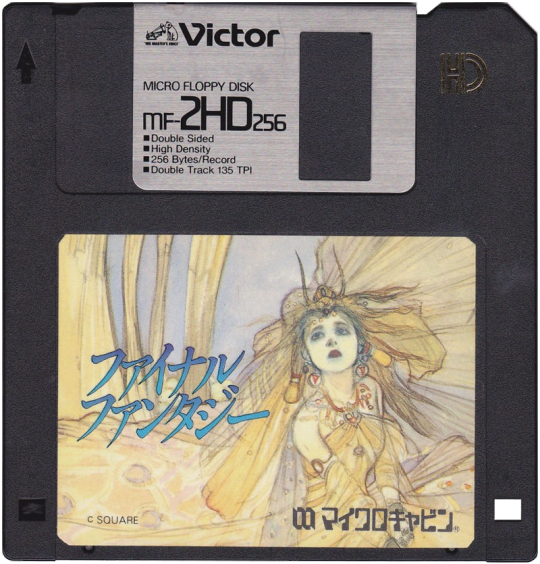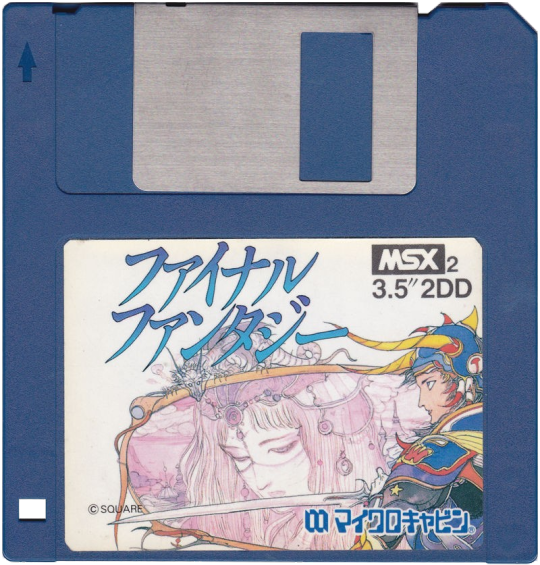Linguistics, Computer Programming, AI, Belgian Comic Art
Last active 60 minutes ago
Don't wanna be here? Send us removal request.
Text


Returning to blender with something comfortable, a new iteration of my neoclassical building generation tool(s). the idea of these tools is to use geonodes to handle the repetitive aspects of the design, usually by designing a single feature (here an arch, and some pillars) and then arranging them programmatically.
the ultimate goal would be something which could quickly make new designs based on changing simple parameters or source features, but for now the node trees need re-tuning for each new design
This building is based on Bruegel's Tower of Babel paintings, possibly the earliest example of dream/fantasy architecture in art
15 notes
·
View notes
Text

STS-45 Atlantis Launch
"With its twin solid rocket boosters and three main engines churning at seven million pounds of thrust, the Space Shuttle Atlantis thunders skyward from Launch Pad 39A. Liftoff of Mission STS-45 occurred at 8:13:40 a.m. EST, March 24, 1992. On board for the 46th Shuttle flight are a crew of seven and the Atmospheric Laboratory for Applications and Science-1 (ATLAS-1). The launch is the second in 1992 for the Shuttle program and Atlantis' 11th flight."
Date: March 24, 1992
NASA ID: 92PC-0644
221 notes
·
View notes
Text






Cyberpop is a retro-futuristic style that first emerged in Japan during the 1990s under the more generic name "cyber fashion" (サイバーファッション). It is characterized by some fantasy, futurism, and a positive aura, as opposed to Cyberpunk and Cybergoth, which are rather negative and dark (post-apocalyptic).



898 notes
·
View notes
Text


Final Fantasy (1989) Illustration: Yoshitaka Amano
3K notes
·
View notes
Text

Yves Tanguy - Indefinite Divisibility 1942.
8 notes
·
View notes
Text
I never thought i would find regency era economics this interesting
507 notes
·
View notes
Text

Things I didn't know I needed to know
45K notes
·
View notes
Text

Shizuoka Press and Broadcasting Center by Kenzo Tange. via Javier P. Turiel
192 notes
·
View notes
Text

“How to Use a Dial Telephone” 1951.
2K notes
·
View notes
Video
youtube
For all those who have never played a MYST game. I implore you, watch this.
4 notes
·
View notes













